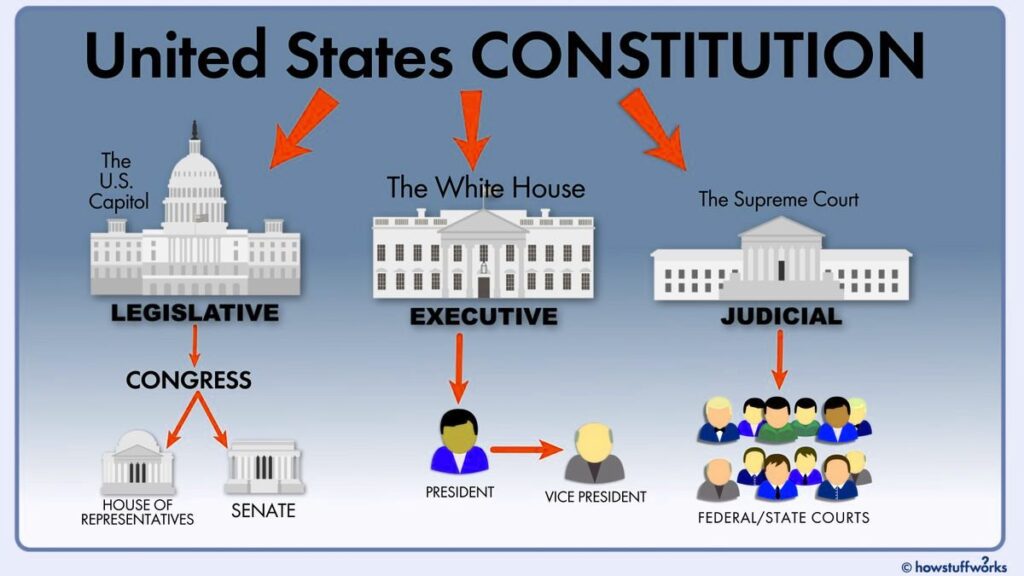TL;DR: OpenAI Fixes ChatGPT’s Em Dash Usage in Responses
- OpenAI has resolved the issue of ChatGPT’s excessive use of em dashes.
- Users can now instruct ChatGPT to avoid using em dashes in its responses.
- The update was announced by OpenAI CEO Sam Altman on social media.
- User feedback has been mixed, with some praising the change and others reporting ongoing issues.
- The em dash has become a controversial marker of AI-generated text.
OpenAI’s Resolution of ChatGPT’s Em Dash Issue
OpenAI recently announced a significant update to ChatGPT, addressing a long-standing issue regarding the excessive use of em dashes in its responses. This punctuation mark had become a hallmark of AI-generated text, leading to criticism from users who felt it indicated laziness in writing. Many argued that the em dash, while a valid punctuation mark, was being overused by the AI, making it a telltale sign of machine-generated content.
In a post on X, OpenAI CEO Sam Altman stated, “If you tell ChatGPT not to use em-dashes in your custom instructions, it finally does what it’s supposed to do.” This update allows users to customize their interaction with the AI, providing them with more control over the stylistic elements of the text generated. However, it is important to note that while users can now instruct ChatGPT to avoid em dashes, the model will not eliminate them entirely by default.
The resolution comes after extensive feedback from users who had struggled to get the AI to adhere to their preferences. Previously, even explicit requests to avoid em dashes often went unheeded, leading to frustration among users who sought a more tailored writing style. This update is seen as a small but significant win for user customization in AI interactions.
User Control Over Em Dash Usage
The latest update from OpenAI introduces a feature that allows users to exert more control over the use of em dashes in ChatGPT’s responses. By utilizing the custom instructions feature, users can specify their preferences regarding punctuation, including the em dash. This enhancement is part of OpenAI’s broader effort to improve user experience by making the AI more responsive to individual needs.
Users can now navigate to their personalization settings and provide explicit instructions on how they would like the AI to handle punctuation. This change is particularly relevant for writers and content creators who wish to maintain a specific tone or style in their work. The ability to customize the use of em dashes is seen as a step toward making AI-generated text feel more authentic and aligned with human writing conventions.
Despite this improvement, some users have reported inconsistencies in the AI’s adherence to these instructions. While many have successfully managed to reduce the frequency of em dashes, others have experienced instances where the AI continues to use them despite being instructed not to. This ongoing issue highlights the complexities involved in fine-tuning AI behavior and the challenges of ensuring consistent performance across diverse user requests.
The Significance of Em Dash in AI-Generated Text
The em dash has emerged as a controversial symbol in the realm of AI-generated text. Its frequent appearance in responses from ChatGPT has led to debates about the authenticity and quality of AI writing. Critics argue that the overuse of em dashes can detract from the clarity and professionalism of written content, making it appear less human and more machine-like.
For many writers, the em dash serves as a useful tool for creating emphasis, indicating pauses, or connecting related thoughts. However, when used excessively or inappropriately, it can lead to confusion and disrupt the flow of writing. As a result, the em dash has become a focal point in discussions about the characteristics of AI-generated content, with some users labeling it the “ChatGPT hyphen.”
The recent update from OpenAI aims to address these concerns by allowing users to customize their experience and reduce the reliance on em dashes. This change is significant not only for individual users but also for the broader conversation about the role of AI in writing and content creation. By providing users with more control over stylistic choices, OpenAI is taking steps to enhance the perceived quality and authenticity of AI-generated text.
Sam Altman’s Announcement on X
Sam Altman, CEO of OpenAI, took to social media to announce the resolution to ChatGPT’s em dash problem. In his post, he emphasized the importance of user feedback in shaping the AI’s development. Altman’s acknowledgment of the issue and the subsequent update reflect OpenAI’s commitment to improving user experience and responsiveness.
The announcement sparked a lively discussion among users on X, with many sharing their experiences and opinions regarding the update. Some users expressed optimism about the new feature, highlighting its potential to enhance the quality of AI-generated text. Others, however, raised concerns about the effectiveness of the fix, citing instances where the AI continued to use em dashes despite explicit instructions.
Altman’s engagement with users on social media underscores the importance of transparency and communication in the development of AI technologies. By actively addressing user concerns and implementing changes based on feedback, OpenAI is fostering a collaborative relationship with its user base, which is crucial for the ongoing evolution of AI tools.
User Reactions to the Em Dash Fix
The response from users regarding the fix for ChatGPT’s em dash usage has been mixed, reflecting a range of opinions and experiences. While some users have welcomed the update as a much-needed improvement, others have expressed frustration over ongoing issues with the AI’s adherence to their instructions.
Positive Feedback
Many users have praised the update, noting that the ability to instruct ChatGPT not to use em dashes has significantly improved their experience. For writers and content creators, this customization option is seen as a valuable tool for maintaining a specific writing style. Users have reported feeling more confident in using ChatGPT for various writing tasks, knowing they can tailor the AI’s output to better align with their preferences.
One user remarked, “This update is a game-changer! I can finally get the text I want without the annoying em dashes.” Such positive feedback highlights the importance of user control in enhancing the overall quality of AI-generated content.
Criticism and Concerns
Despite the positive reactions, there remains a segment of users who are dissatisfied with the fix. Some have reported that ChatGPT still uses em dashes even after being instructed not to, leading to disappointment and frustration. One user described their experience as a “big but disappointing loss,” emphasizing the need for more consistent compliance with user instructions.
Additionally, some users have pointed out that not all are aware of how to activate the new setting, leading to confusion and a lack of engagement with the feature. This highlights the importance of clear communication from OpenAI regarding updates and user instructions.
Implications for Writers and Content Creators
The resolution of ChatGPT’s em dash issue carries significant implications for writers and content creators. As AI-generated text becomes increasingly prevalent in various fields, the ability to customize stylistic elements like punctuation is crucial for maintaining authenticity and quality.
For writers, the em dash serves as a powerful tool for enhancing clarity and emphasis in their work. By allowing users to control its usage, OpenAI is empowering writers to produce content that aligns more closely with their personal style and voice. This customization can lead to greater satisfaction and confidence in using AI tools for writing tasks.
Moreover, the update reflects a broader trend in the AI industry toward user-centric design. As AI technologies continue to evolve, the importance of user feedback and customization options will only grow. Writers and content creators can expect more features that cater to their specific needs, ultimately enhancing the quality and effectiveness of AI-generated content.
Future Control Features in ChatGPT
Looking ahead, the recent update regarding em dash usage in ChatGPT may pave the way for additional control features in the AI. As OpenAI continues to refine its models and respond to user feedback, there is potential for more customization options that enhance the user experience.
Future updates could include features that allow users to adjust other stylistic elements, such as tone, formality, and even specific word choices. By expanding the range of customization options, OpenAI can further empower users to create content that resonates with their audience and meets their specific needs.
The ongoing dialogue between OpenAI and its user base will be crucial in shaping the future of AI-generated text. As users continue to provide feedback and express their preferences, OpenAI can adapt its models to better align with the expectations of writers and content creators.
Conclusion on Em Dash Usage in AI Text
The resolution of ChatGPT’s em dash issue marks a significant step forward in the ongoing evolution of AI-generated text. By allowing users to customize their experience and control the use of em dashes, OpenAI is addressing a critical concern among writers and content creators.
Understanding the Em Dash Controversy
The em dash has become a contentious symbol in discussions about AI writing, representing both the potential for creativity and the pitfalls of over-reliance on machine-generated content. By providing users with more control over stylistic choices, OpenAI is fostering a more authentic writing experience that aligns with human conventions.
The Impact of User Feedback on AI Development
The update reflects the importance of user feedback in shaping the development of AI technologies. As OpenAI continues to listen to its users and implement changes based on their experiences, the potential for more sophisticated and user-friendly AI tools will only grow. This collaborative approach will be essential for the future of AI in writing and content creation.

